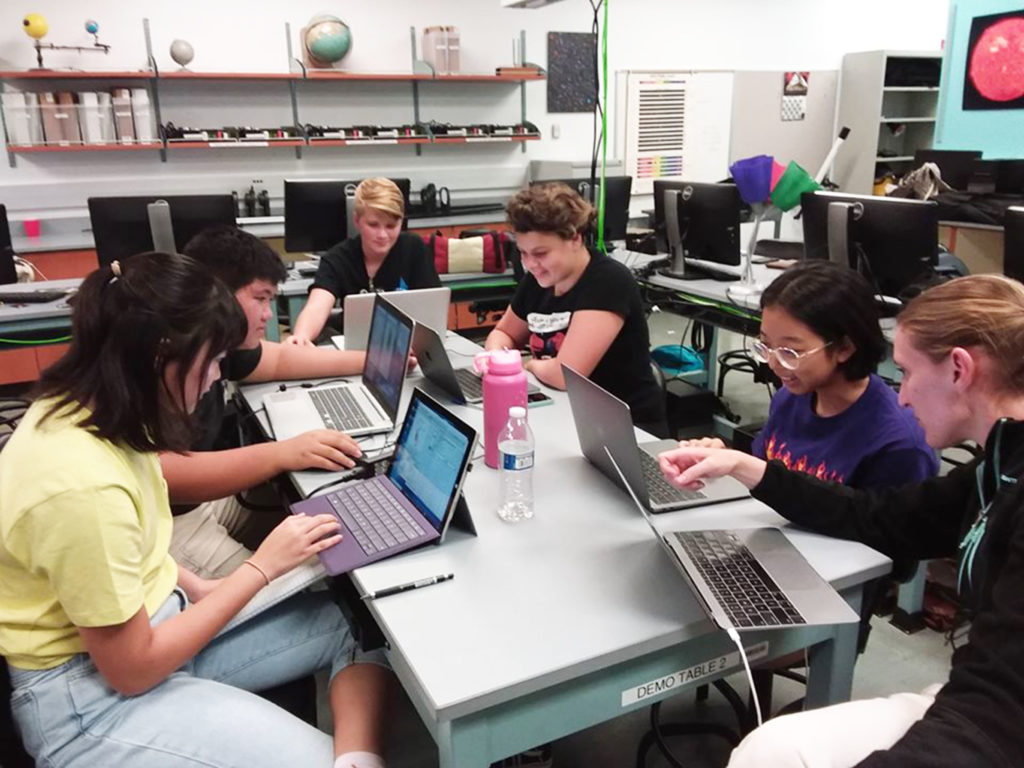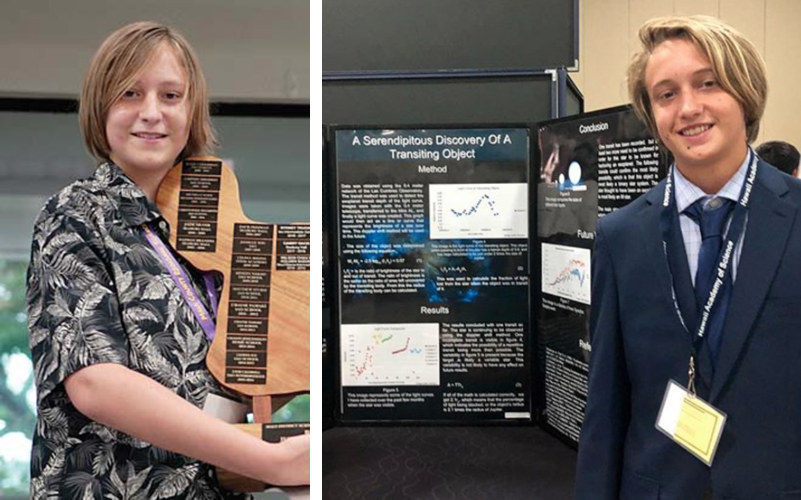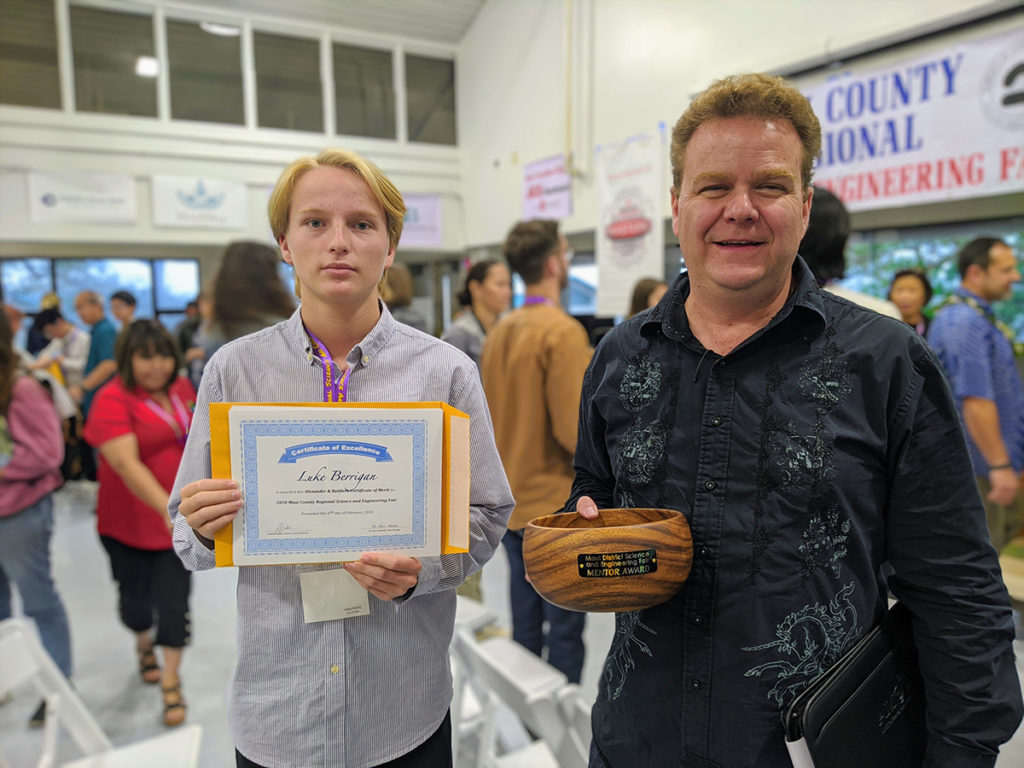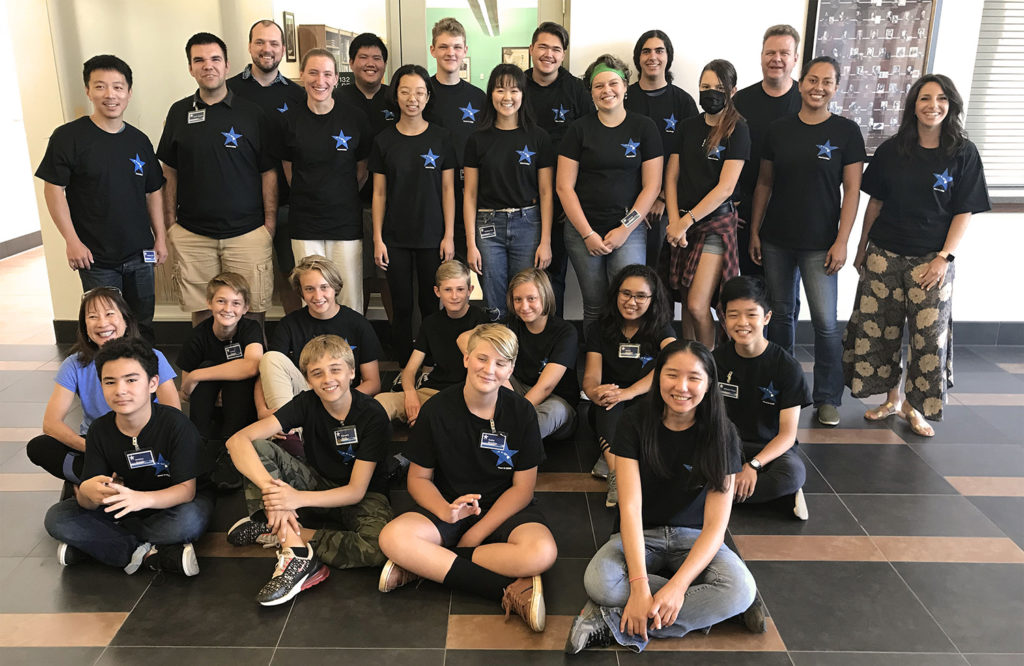Black Holes, Dark Matter, Dark Energy, the ‘Oumuamua Interstellar Object and the Laniakea Supercluster
Over the last 50 years or so, there has hardly been an astronomical breakthrough where Hawai‘i-based telescopes were not involved. In addition to providing answers to some of the most fundamental questions of the Universe, future observations may lead to the discovery of suitable Earth-like planets that latter generations can explore when technologies become available for long-distance spaceflight.
World-class astronomical research also serves as an economic driver in the state of Hawai’i. A 2014 study by the University of Hawai’i Economic Research Organization indicated that in 2012 alone, astronomy had a total economic impact of $168 million, generated about $8.2 million in state taxes and created 1,400 jobs in a clean, high-tech endeavor that provides employment opportunities for young people in STEM (science, technology, engineering and mathematics) fields. Recognizing the importance of education to the workforce pipeline, the Institute for Astronomy (IfA) at the University of Hawai’i at Mānoa (UH Mānoa) conducts various astronomy outreach programs for local schools to help develop student interest in all types of STEM-related fields, not just astronomy.
For more than a decade, IfA’s Hawai’i Student Teacher Astronomy Research (HI STAR) program has attracted highly motivated middle and high school students from across the state interested in learning the skills and techniques of astronomical research using real data. Funding for the program is provided by the Maui Economic Development Board, U.S. Air Force and the THINK Fund at the Hawai’i Community Foundation.
“The HI STAR program introduces Hawai’i students across the islands to the basic practices of science,” said HI STAR Director J.D. Armstrong, who also serves as director of outreach at IfA Maui. “Science is about exploration, discovery and helping humankind to better understand the universe.”

The program begins in a classroom setting with students attending a week-long summer program held at either UH Mānoa or UH Maui College, which feature hands-on projects and lectures given by leading experts in the field, including many researchers from IfA. For the remainder of the year, the program changes into a research group covering a broad range of astronomical topics, including helioseismology (study of the Sun’s structure through its oscillations), Near Earth Objects (NEOs), quasars, comets, exoplanets, star evolution, gravitational lensing (when a large mass creates a gravitational field that distorts and magnifies light allowing the study of early galaxies too distant to be seen with current telescope technology) and Modified Newtonian Dynamics (an alternative explanation to dark matter).
The HI STAR students lead their own research with the guidance of a mentor, to model the real-world responsibilities of scientists, including the importance of disseminating information about their research. As a result, students are encouraged to participate in local science and engineering fairs and to treat it as a scientific conference — focusing primarily on their science and communication skills, not so much the competition. Despite this unique approach, HI STAR students have racked up numerous awards, with an average of about two students making it to the International Science and Engineering Fair (ISEF) each year.
Zach Teagarden of Maui High School was awarded first place for the U.S. Air Force Research Lab award on the subject of physics and electronics at the New Hampshire Science and Engineering Fair, which was held virtually this past March. His project titled, “MOND over Dark Matter,” utilized data from the Las Cumbres and Pan-STARRS observatories to test the theory of Modified Newtonian Dynamics. Teagarden attended the HI STAR program in 2018 and 2019. His younger brother Jed, who is also a HI STAR scholar and an eighth grader at Montessori School of Maui, received the Top Junior Award at the 2020 Maui County Regional Science and Engineering Fair in February and took second in the physics and astronomy junior division category at the Hawai’i State Science & Engineering Fair.

R: Jed Teagarden (Montessori School of Maui)

Then this past April, Luke Berrigan from King Kekaulike High School on the island of Maui, received second place for the Best in Category for Physics and Astronomy at the 2020 Hawai’i State Science and Engineering fair for his research titled, “Investigating the Source of ‘Oumuamua,” which was the first interstellar object detected by IfA researchers at UH’s Pan-STARRS telescope in 2017. Berrigan joined the HI STAR program as a ninth-grader in 2018.
“I hope to follow a scientific path and become some sort of scientist,” said Berrigan, who will be a junior next year. “Space has always fascinated me, so the long term goal is to be an astronaut.”
Perhaps more important than the research, is the effect on a student’s future. As legendary astronomer George Herbig said of the program in 2009, “What you are doing is important. This is where the next generation of scientists will come from.”
Many HI STAR students have been offered admission to prestigious schools such as Harvard, Caltech, Princeton, MIT and Yale. After graduating from college, some of the students have chosen to continue on to graduate school and pursue careers in the sciences. Two recent HI STAR students are in graduate school working toward their PhDs in fields related to astronomy, while two others have been offered admission into several PhD programs for the fall of 2020, including UH’s Institute for Astronomy. Over the years, HI STAR alumni have received almost half a million dollars in prize fellowships and stipends.
Now in its fourteenth year, the HI STAR program has seen over 200 participants come through its doors, created in 2007 by former high school physics teacher Mary Kadooka, UH Mānoa Physics and Astronomy Instructor Michael Nassir, and IfA Astronomer Karen Meech. Program team members are comprised of IfA staff, faculty and graduate students from Maui, O‘ahu and Hilo, with HI STAR alumni participating as program support. Currently assisting Armstrong with the program are IfA Education/Outreach Specialist Carolyn Kaichi, UH Maui College Astronomy Instructor Jenny Hsin-Yi Shih, Robert Hubbell and amateur astronomer Donn Starkey.
“I just want to do some interesting science, and working with the students is my way of doing that. They are really more than students to me, they are collaborators,” said Armstrong. “Science should be fun, and we do have a lot of fun.”

